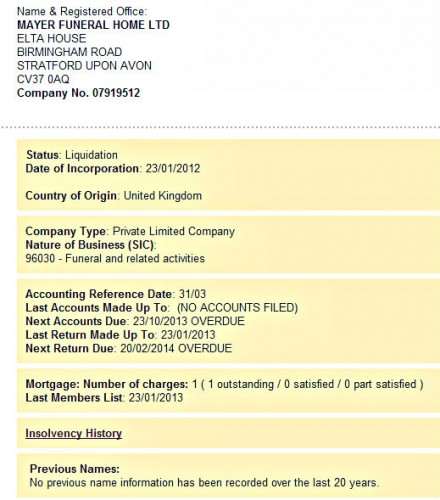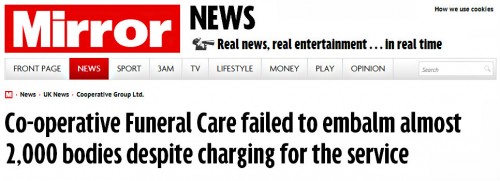Posted by Richard Rawlinson
Five generations living now are neatly labelled as follows:
Traditionalists (born 1925-45)
Example: great grandparents, born in the mid-1930s. Brought up during WWII, a culture of patriotism and waste-not-want-not. Faith in institutions and a job for life. Strong work ethic and stubbornly independent.
Slogan: Keepers of the Grail.
Baby boomers (born 1946-64)
Example: grandparents, born in early-1950s. Brought up in the age of post-war optimism, idealism and the questioning of authority, but also an era of competitiveness. Part of the social revolution that left their parents gobsmacked: human rights protests, mini-skirts, free sex, drugs and rock festivals.
Slogan: We changed things.
Generation X (1965-1980)
Example: Parents, born in the early-1970s. Brought up in a society with a rising divorce rate and working mums—latch-key kids, used to being left alone. Skeptical but resourceful, adapting as adults to the technological revolution. Hard-working and socially responsible. While boomers value teamwork, Xers prefer unilateralism.
Slogan: Work to live.
Millennials (1981-2006)
Example: Born in the mid-1980s, brought up with computers from an early age. Indulged by parents. A trait of entitlement balanced by concerns about the environment, recession and global violence.
Slogan: All about me (and the endangered tiger).
Linksters (2000-)
Example: So called because they’re used to being linked by technology, these teen and pre-teen offspring of Generation Xers and early-phase Millennials will enter the workforce not knowing a world without Google and smart phones, let alone microwaves. For them Diana’s death and 9/11 are historic events before their time, just as Edward’s abdication is to baby boomers or Kennedy’s assassination is to Gen Xers. As well as being tech dependent, they’re closely tied to their parents. While Trads, boomers and Xers don’t like to be micromanaged, Millennials and Linksters crave instructions about how to do things, welcoming mentors.
Slogan: Text me what to do next.
The caveat is that generalisations about generations are valid only to a point. After all, so-called Trads include octagenarians Michael Heseltine and comedy’s Joan Rivers. Baby boomers range from Vladmir Putin to Janet Street Porter. Both David Cameron and Johnny Depp are Gen Xers, with Millennials including Facebook’s Mark Zuckerberg and that jobless couple on C4’s Benefits Street.
Preamble over, let’s talk funerals. Sticking to the stereotypes, ageing Trads remain more likely to have a funeral in a church or with a priest at the crematorium.
Baby boomers, many of whom will be dying of old age in 20 to 30 years from now, look set to be more receptive to more personalised funerals.
Ditto Gen Xers, although some are more small c conservative than their parents. Thatcher’s children and all that, fed up with the way hippies threw away rituals and social conventions that benefit social cohesion. A nuclear deterrent and bras are good. The Saffy backlash against ‘trendy mum’ Edina in Absolutely Fabulous.
Tech savvy and eco-doomsayer Millennials look set to make green funerals totally mainstream when they start dying, aged 100-plus, around 2080.
What will our world be like then? Technology, rather than homogenising life, is allowing for greater personalisation. For example, retailers already email and text information to customers based on their previous purchases and demographic profile. No point in marketing bumster jeans and megaclub nights to a fogey like me, but I might be interested in an offer on dinner for two at a newly opened restaurant.
Personalisation, sustainability and technology: three keys to satisfying funeral planners of the present and future.
FOOTNOTE: Although global population is estimated to grow to over 9 billion by 2050, Jonathan Porritt’s new book, The World We Made, offers a surprisingly optimistic vision for an environmentalist renowned for scaremongering. Utopian rather than dystopian, his future is one of sustainable food supplies and renewable energy sources, where the rich are poorer—yet happier—and the poor are better off. People also manage their own health and die when they want. But that’s another issue.



